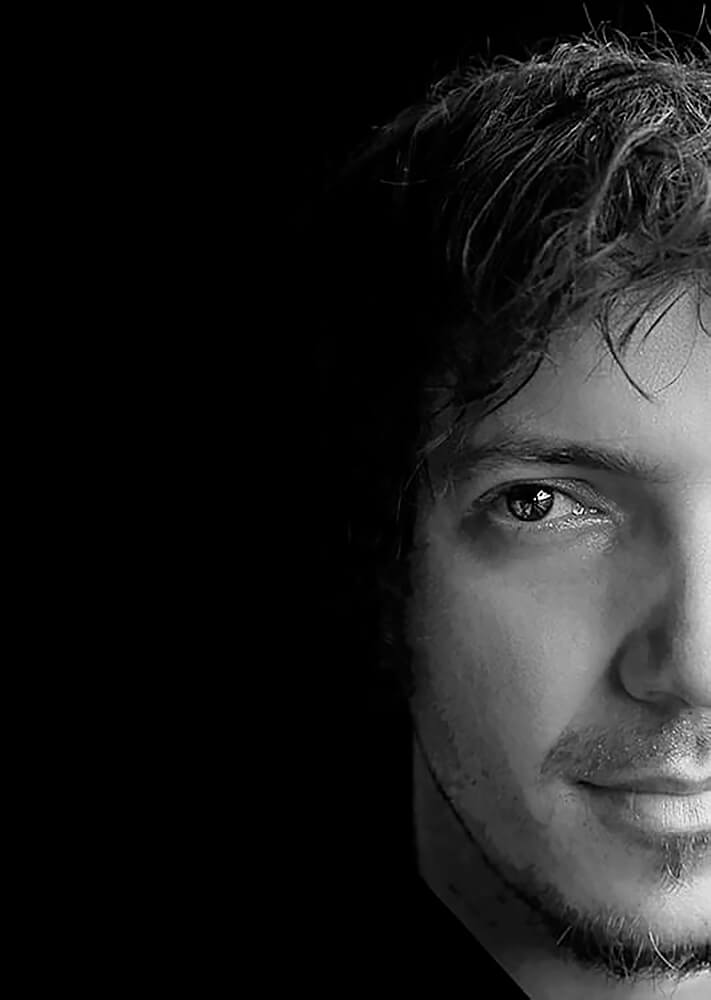Born in the coastal city of Split, Croatia in 1980, Lukin started photographing in 2004 and has been obsessed with the medium ever since.
He works on long-term projects, in pursuit of capturing raw and unfiltered emotions of the human experience, creating photographs that are both beautiful and thought-provoking.
Lukin captures candid real-life fleeting instances in the streets of Bangkok to unveil a dark, mysterious, and dreamlike city. His images often of lonely subjects offer an atmospheric glimpse into a world that depicts a sense of loneliness and isolation.
Through his use of black and white, he is able to distill the essence of his subjects, and oftentimes what he photographs isn’t the subject of the photograph, it’s just a vehicle to get the viewer to think about the subject/story or emotion, while also leaving room to make their own interpretation.
Lukin is a finalist of the Sony World Photography Awards 2018, a finalist of the Siena International Photo Awards 2019, and was shortlisted for the World Press Photo 2019. He was also an invitee artist by the European Cultural Center for the Venice Art Biennale 2019 and 2021. Paul Lukin’s prints are part of several permanent public and private collections.
His work has been exhibited in galleries internationally, his photographs appeared in major publications and media outlets worldwide.
Lukin lives and works in Bangkok, Thailand.
